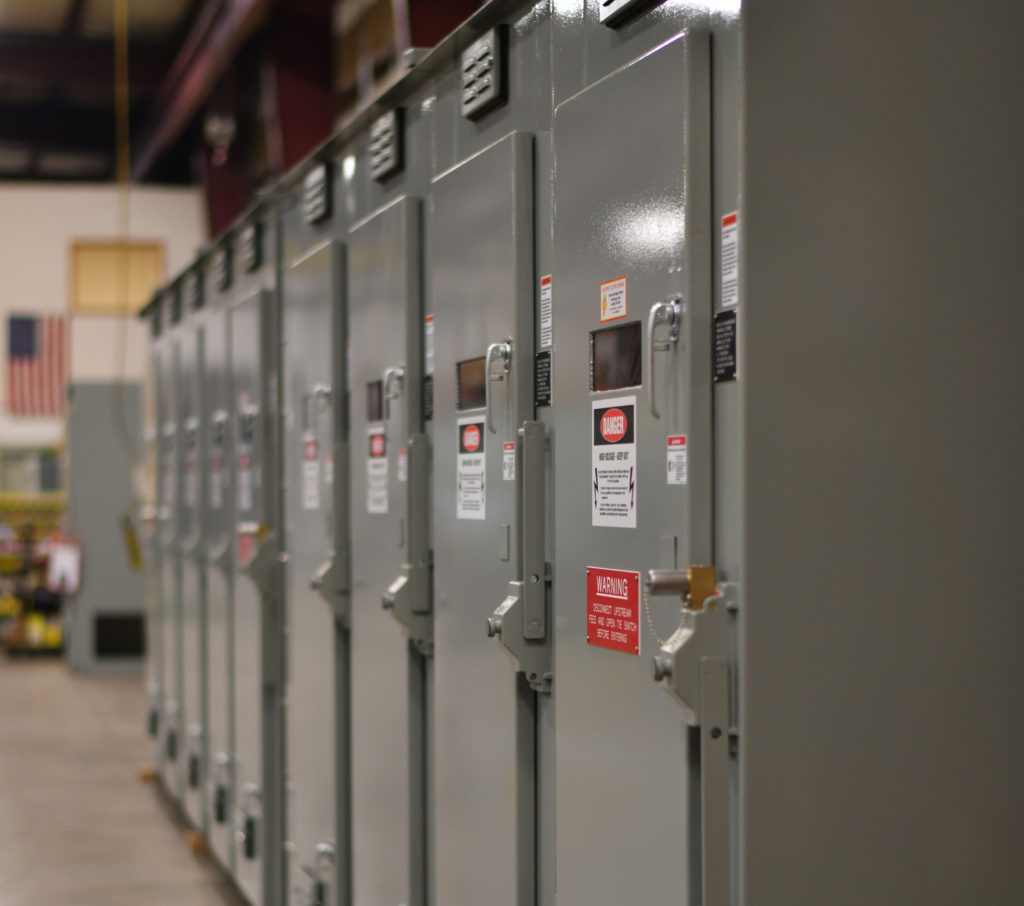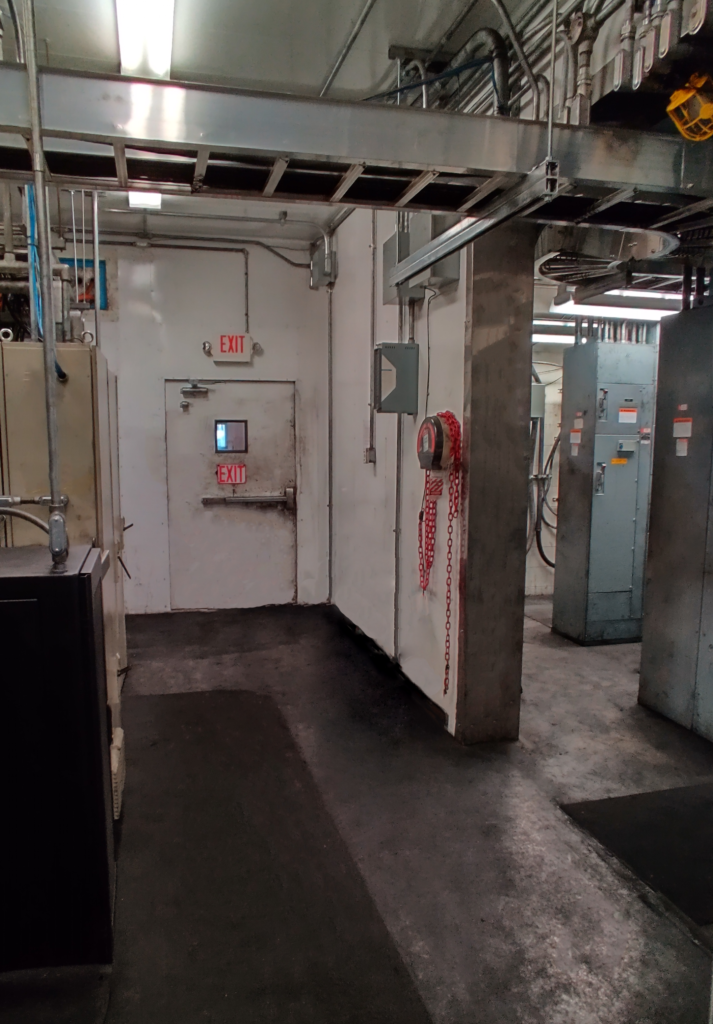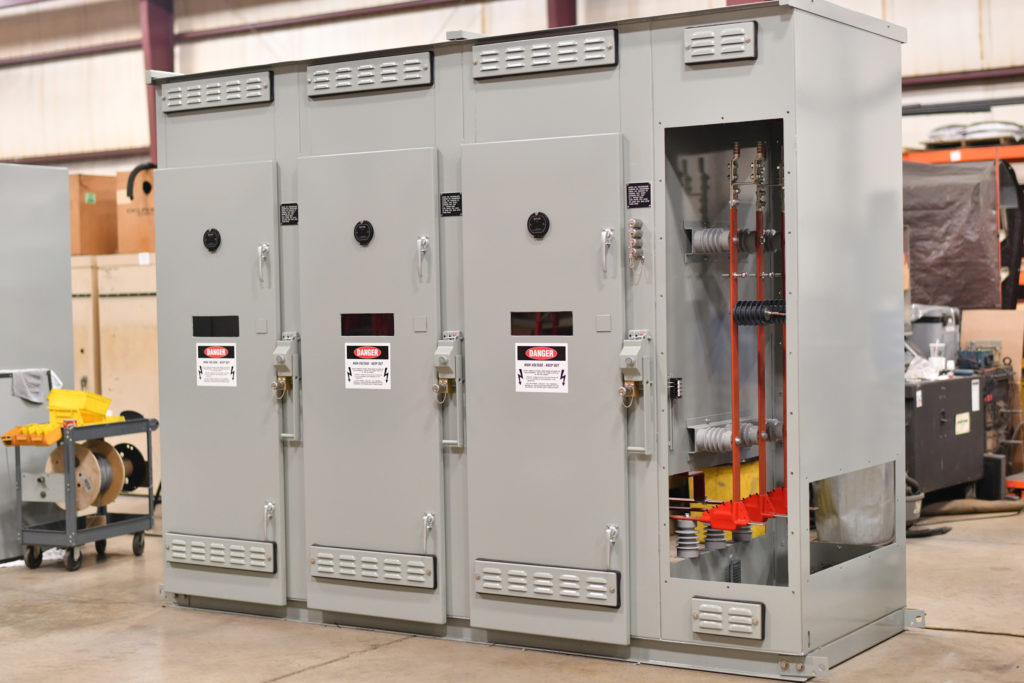By Audai Abed, Switchgear Product Line Manager
Replacing or upgrading switchgear can be overwhelming, especially when you have limitations on footprint, downtime, access, and budget. Here are 5 questions to ask before making the decision to spend money on your equipment.
1 – What is Driving the Need to Replace or Upgrade?
The reason behind your need to replace or upgrade your switchgear will guide the rest of your decisions throughout the process.
Here are some of the most common reasons to consider:
- Cost of Repairs: The cost and availability of spare parts for existing switchgear (especially when the equipment is old and outdated) could be more expensive than replacing it. Even if the switchgear is currently reliable, some switchgear have more expensive replacement parts that can also be hard to find, which could disrupt your production schedule.
- Reliability: The current mean time between failures (MTBF) rate within the past 6-months vs 1-year vs 5-years vs 10-years could be a major deciding factor driving the change. The production cost of an unscheduled outage and the cost of temporary power during repairs should be considered here as well.
- Safety: The need to comply with NFPA 70E and/or NESC, reduce the arc flash risk, add more protection functions, or reduce the overall PPE with engineering controls (remote operation, etc.) could be a deciding factor when it comes to replacing your existing switchgear.
- Production Need: The need for more electrical capacity, facility expansion, or even more space in some cases could drive the need for an upgrade or replacement.
- Opportunistic Upgrade: When the equipment fails and needs to be repaired or when you have planned a long shutdown, it might be a good opportunity for an upgrade that might have been planned for a later date. Completing the work early will help you avoid a second shutdown.
- Other Upgrades: Other reasons for upgrading or replacing your switchgear could be to meet green initiatives (better control power flow and realize energy savings), resiliency (add paralleling capability for onsite generation), or reduce demand charges with onsite generation and peak shaving options.
Whether the equipment is old or you need more feeders for expansion, here are some additional questions to ask that may help you when replacing, upgrading, or refurbishing your switchgear.

2 – Do I Need More Electrical or Production Capacity?
When you think about more electrical capacity, the first thing that comes to mind is adding more transformers, more circuit breakers, and more space. However, in some cases, you might be able to get more out of what you have.
- Check the availability for spare capacity in your existing transformer: There is a good chance that you have spare capacity in your transformer to add more load and more feeders. In some cases, you might even be able to shuffle loads between different substations to connect a larger one. Check your power factor, since a bad power factor can load up your transformers with reactive power and you can reclaim that used capacity by adding capacitor banks. For example, you can get 10% more free capacity of your transformer if you improve the power factor from 0.8 to 0.9.
- More MV feeders with stacked design: You can almost double the number of feeders in the same space using a stacked design (for metal-clad). This will also depend on the type of existing switchgear and the situation in the electrical room, cables, and available footprint.
- Consider other options: Other options, like replacing front & rear-access switchgear with front-access only, will help to reduce the footprint and provide the space you need.
Remember, it all depends on the reason driving the change and your facility requirements.
3 – Do I Have Footprint or Accessibility Limitations?

- Before going ahead with the new designs, you need to check the available space for your new switchgear, as this could be a deciding factor for how you proceed. Number of feeders, metal-clad, metal-enclosed, 1-high or 2-high, draw out or fixed — all of this will be affected by the available space.
- Check the dimensions of the electrical room access doors, plan your route, and check for any obstacles you may face as you are going to take the old switchgear out and put the new switchgear in. This will help you decide how many shipping splits you need to ask your supplier for, or if you’ll need to make other accommodations.
- Make sure to measure the height as well, since this could be challenging in some situations. Find the lowest point and take your measurements there, as you might have to take some of these lighting fixtures, cable trays, ducts, conduits, etc. down and re-install later.
- Consider relocating some equipment to create the right space and location for your new switchgear.
- If you are thinking of installing draw-out switchgear, make sure you have enough clearance to rack the circuit breakers in/out with enough room for the operator as well. Make sure you have enough space to take out a whole cubicle for maintenance or replacement. You can refer to NEC-Article 110 for more details about “Entrance to and Egress from Working Space.”
4 – Can I Use my Existing Cables and Conduits?
This depends on the location of the conduits/cable trays, cable entry for the old & new switchgear, condition of the cables, and whether they can carry the new load or not. You might end up splicing or rerouting a couple of cables, which could save money and a lot of downtime. It’s also recommended to do cable testing “Partial Discharge” to avoid any unnecessary surprises.
5 – What Else do I Need to Know?
The more you know about your switchgear, the easier this process will be. Any information about your protection requirements, auxiliary power, metering, etc. will help your supplier to provide a more accurate proposal. For example, you can select your protection relays to match your installed base which will allow for interchangeability as well as smaller inventory for spares. Providing auxiliary power for electric heaters inside your switchgear would offer a substantial save in the new equipment cost since CPT’s can be costly.

Southwest Electric Co. can help to replace or upgrade switchgear and more. We can provide solutions and upgrade/maintain your electrical network and comply with the safety requirements. Give us a call or an email, and we will be happy to get the conversation started.
Stay connected. Follow Southwest Electric Co. on LinkedIn and Facebook.
